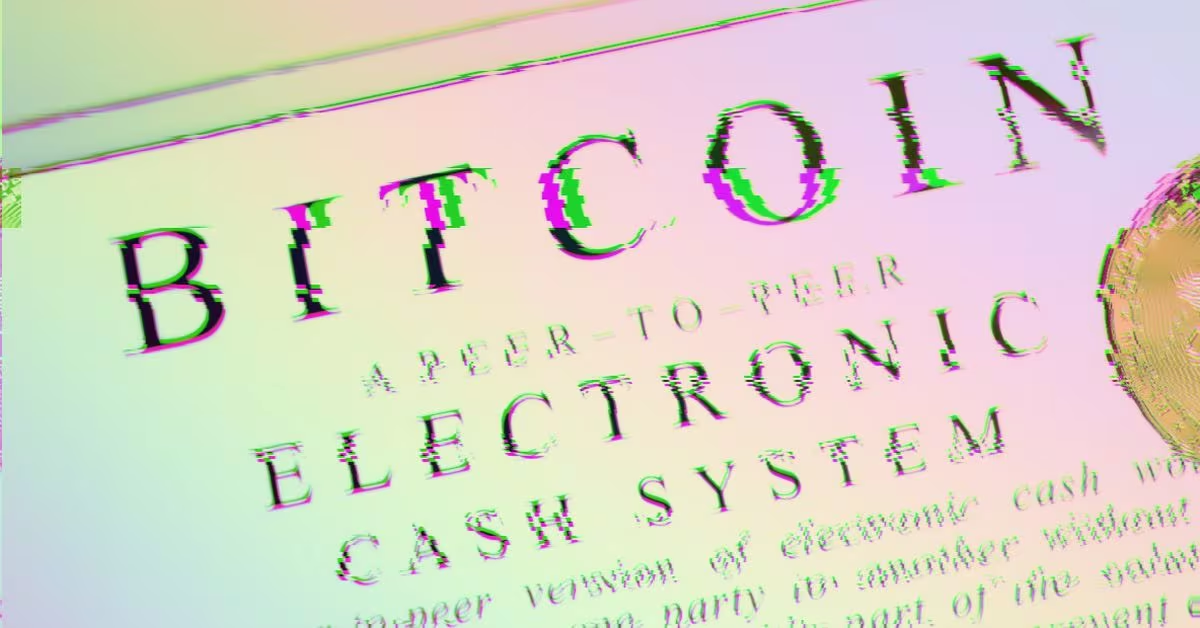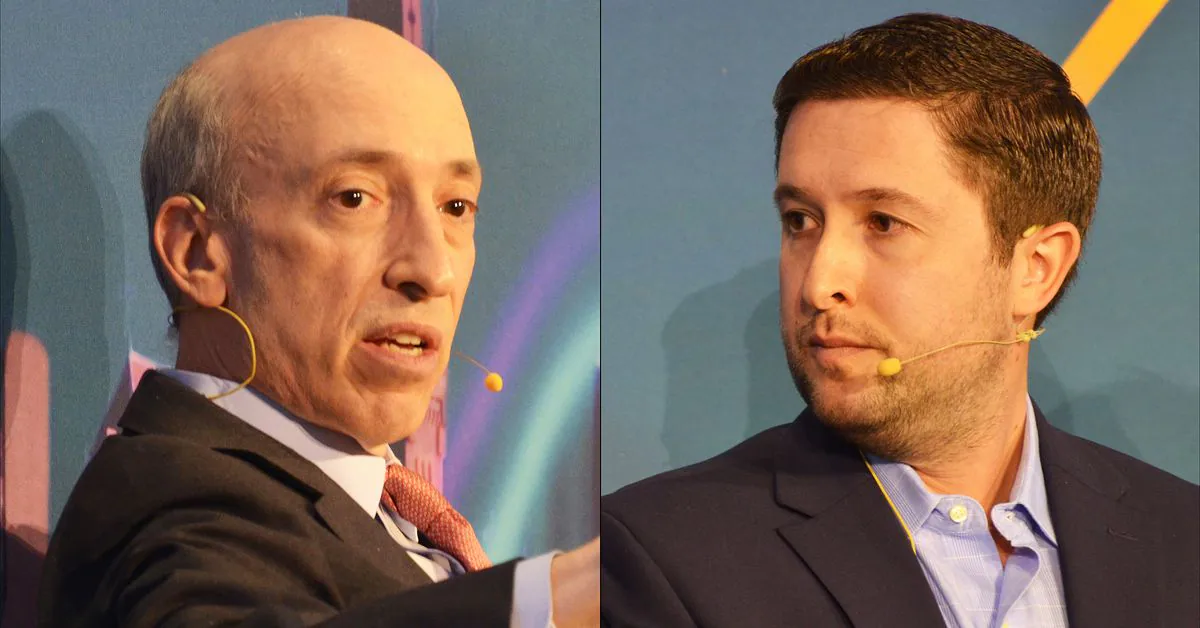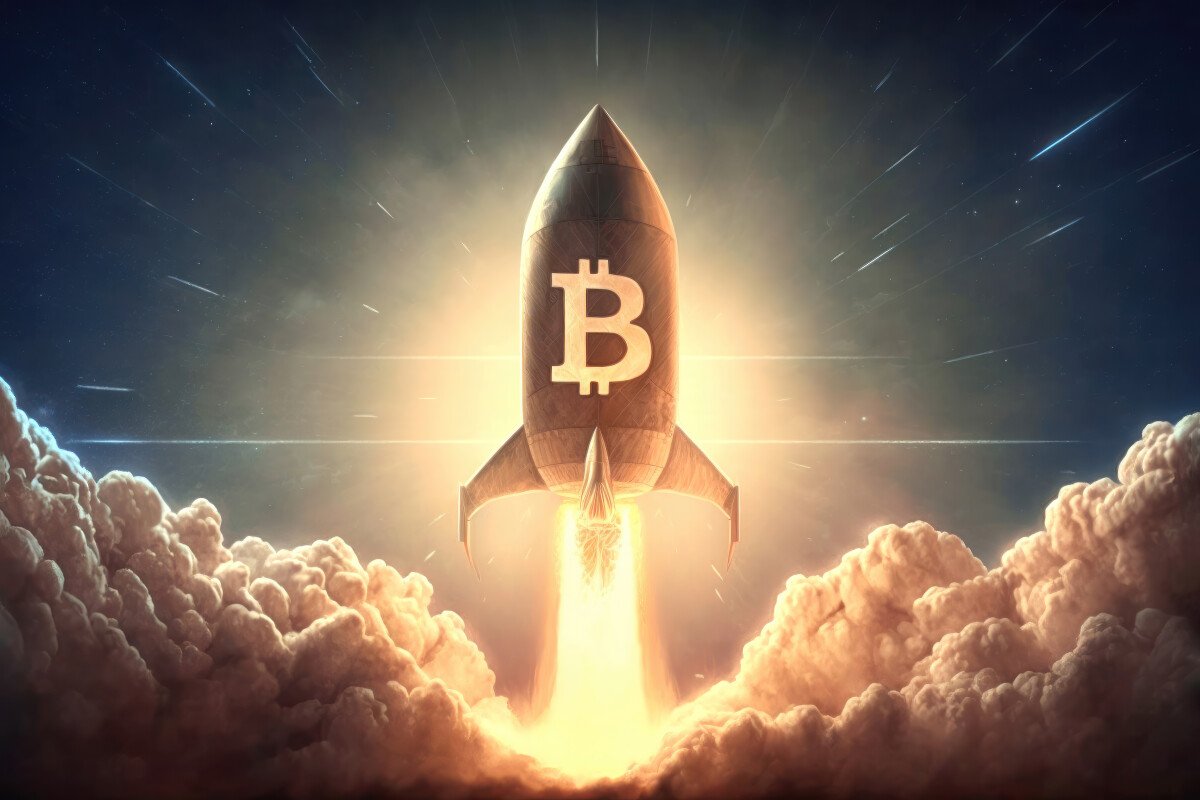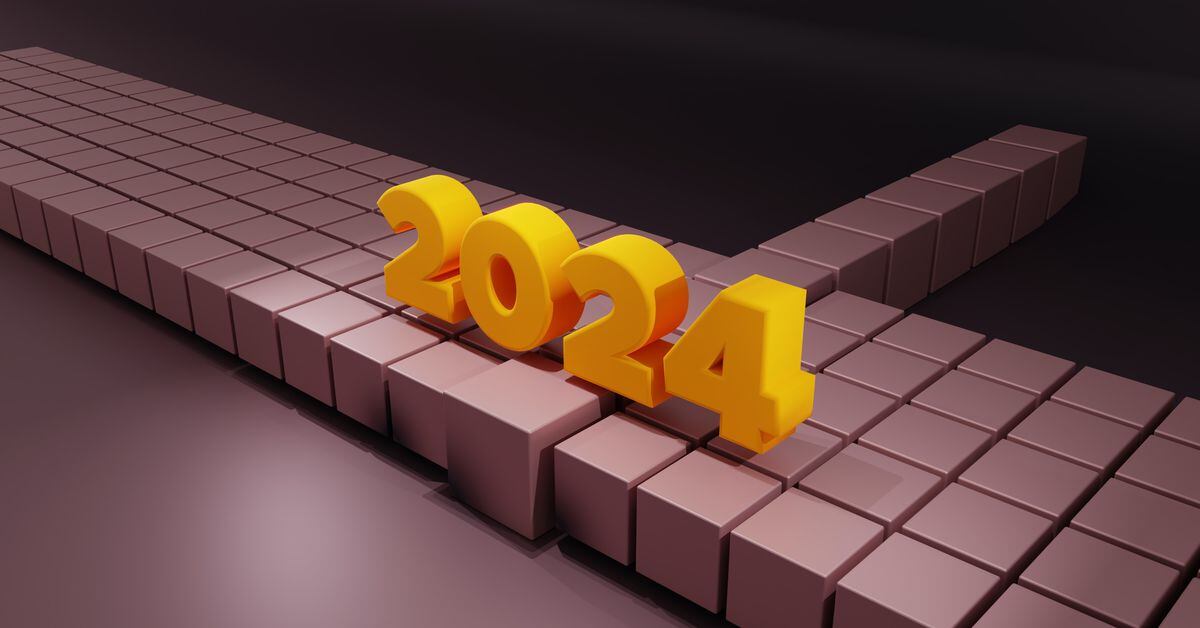Sending money and interest, how to play the new L2 Blast launched by the founder of Blur?
Discover the Excitement L2 Blast, the Latest Game by Blur's Founder - Learn About Sending Money and Earning Interest!The founder of Blur, LianGuaicman, has recently launched a new L2 network called Blast. Shortly after its launch, the Total Value Locked (TVL) has already surpassed $27 million. Even NFT whale Christian has deposited 500 stETH into Blast, showing high expectations for its performance. What’s even more surprising is that Blast announced today that it has completed a $20 million financing round. Participants in the investment include LianGuairadigm, Standard Crypto, eGirl Capital, Mechanism Capital co-founder Andrew Kang, Lido advisor Hasu, and The Block CEO Larry Cermak.
What does $20 million mean? Arbitrum’s first financing in 2019 was $3.7 million, and Op’s first financing in 2020 was only $3.5 million. On the other hand, Blast’s first financing round is in the tens of millions. At the same time, the bridging gameplay introduced by Blast has sparked a discussion frenzy on social media. Some even say that Blur is giving away money, interest, and gas fees.
Next, the veDAO Research Institute will bring you an introduction and interpretation of Blast’s gameplay.
What is Blast?
First, we need to understand a concept: Risk-Free Rate (RFR). This concept assumes that the cryptocurrency world also has inflation. ETH has a stable staking yield of 3% to 4%. However, most funds in Layer 2 accounts are just static, earning a 0% yield. This means that these assets are passively devalued due to ETH’s inflation.
- A whopping $4.3 billion fine or will it force Binance to dump and sell coins? The newly appointed CEO boldly claims to have strong revenue and profits.
- After a rise of 120%, will there be a new momentum? Three charts explain the logic behind the Bitcoin bull market.
- How do lawyers view the $4.3 billion settlement case of Binance?
Blast aims to solve this problem by providing passive income possibilities for funds in Layer 2 accounts.
Specifically, when users deposit funds into Blast, Blast will lock the corresponding ETH on the Layer 1 network for native staking and automatically return the staking rewards in ETH to the users above Blast. In short, if a user holds 1 ETH in their Blast account, over time, it may automatically increase to 1.1 or 1.2 ETH.
In addition to native staking on ETH, Blast also supports passive income for stablecoins. The operational mechanism is that when users bridge stablecoins (such as USDC, USDT, and DAI) to Blast, Blast will lock the corresponding stablecoins on the Layer 1 network into debt-based DeFi protocols like MakerDAO, and automatically return the earnings in USDB (Blast’s native stablecoin) to the users above Blast.
After users access the Blast network in advance, they can not only immediately enjoy a 4% yield on ETH or a 5% yield on stablecoins but also accumulate Blast Points rewards. Currently, the official description of the points system reveals that Blast plans to launch its mainnet and develop withdrawals on February 24 next year, and open the “redemption” of Blast Points on May 24.

Specific Operation Process:
1. Users login to Blast’s official website and link their wallet.
Link: https://blast.io/en
2. Users input the invitation code, which is currently being shared by various KOLs on the X platform.
3. After inputting the invitation code, users can check if they have received any airdrops by associating their X account and Discord account.
4. If users didn’t receive any airdrops, it’s not a problem. They can still use the bridging function. It’s worth noting that for the next 7 days, bridging any amount will earn double points (Blast Points). The more amount bridged, the more points earned.

5. After users complete the bridging action, they will obtain a new invitation code. Users can distribute the invitation code to earn corresponding point rewards. The specific rules are as follows:


In general, the gameplay of Blast can be understood as forming a team with others, locking at least 5 ETH, and unlocking the principal and interest together in February next year. It’s somewhat similar to the early ETH2.0’s 3 ETH staking activity.
With the popularity of BlackRock Ethereum ETF and the upcoming Cancun upgrade next year, ETH may experience a surge. Through Blast’s staking, users can passively earn income from ETH and also profit from bridging, killing two birds with one stone.
Finally, due to the high popularity of Blast, we are providing some invitation codes to our readers:
We will continue to update Blocking; if you have any questions or suggestions, please contact us!
Was this article helpful?
93 out of 132 found this helpful
Related articles
- MT Capital Research Report New Narrative of Asset Issuance, A Comprehensive Scan of the Inscription Track
- Ronin million-character research report Before Axie Infinity, after Pixels, why does this game sidechain always produce popular works?
- Standard Crypto Why are we investing in interest-bearing L2 Blast?
- Is the SEC Fighting Crypto with Tax Dollars Worthwhile?
- Bitcoin ecosystem leader The success formula of Unisat
- The digital nomad’s dream in Si Lom How did Crypto take root in the ancient and mysterious Thailand?
- Opinion If OpenAI were a DAO, could it avoid this governance farce?






